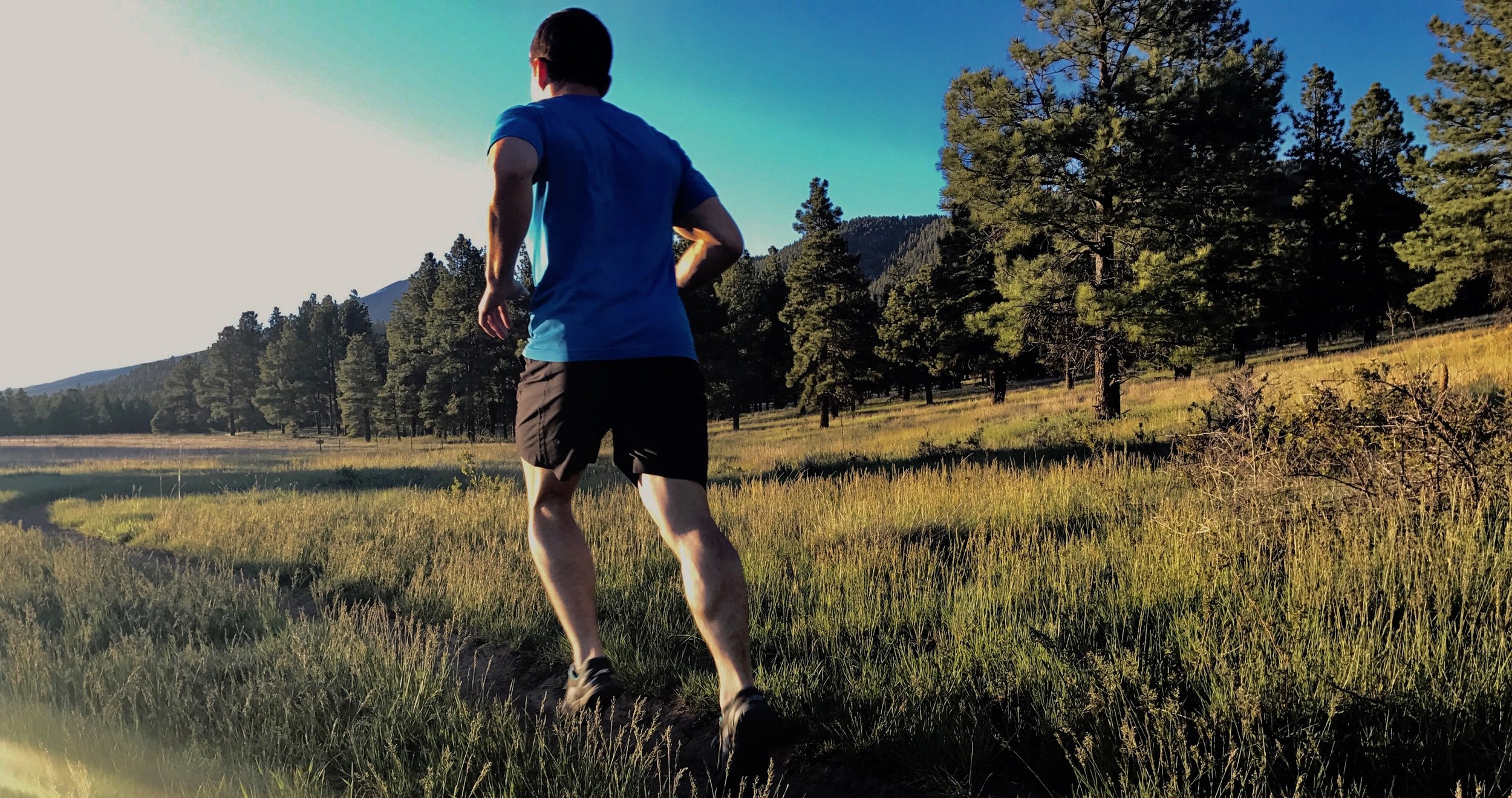
How (and why) to warm up for running
We recently shared two programs to help new or injured runners progress their volume to help reduce injury risk. In that article, we shared a general running warm up that we recommend for most people. We think warming up for running is so crucial that it deserves its own post. We see too many people skip a warm up altogether. Or, they use valuable warm up time ineffectively.
Why do we need to warm up at all? What should a good warm up accomplish? What's the best way to structure a warm up? How should you warm up for running? Let's dig in.

Hydration 101: Are you meeting your water needs?
You’ve probably heard the old adage, “Drink 8 glasses of water a day.” You may have heard that water is important to either overall health, or weight loss, or both.
But what’s the real story behind this conventional wisdom? Can we look to real physiology and science to guide our thinking and behavior on hydration?
You bet.

The Zero to 60 Program: How to start running or return after an injury
The magic of starting or returning to running without suffering pain or an injury is a slow, gradual buildup of running volume. Too often, runners, especially experienced runners who have taken time off for injuries, don’t allow enough time to build up volume. This can result in persistent nagging injuries, or new injuries.
While we can never prevent all injuries, it is possible to reduce injury risk with the right program design. We've created a 16-week program and an 8-week program that follow the most up-to date research recommendations on volume progression and training load. The goal of both programs is to gradually build volume, progressing to running 60 minutes continuously.
Case Study: Multiple ankle sprains and functional instability in a professional runner
We treat ankle sprains and ankle pain seriously in our clinic. The main reason is that history of an ankle sprain (or “rolling your ankles”) is perhaps the greatest predictor for future ankle injuries. It also increases the likelihood of subsequent knee or hip injuries. The reasons why are complex, but are probably related to altered muscle activation, neuromuscular control, and gait patterns after an ankle injury.

The Two Reasons Runners Need Strength Training
Many of our patients come to us for help with for injuries, aches, and pains related to running. We place an initial focus on reducing pain and helping them get back to running as soon as possible. Towards the end-stages of injury rehabilitation, we gradually shift gears and begin to focus on long-term strategies to reduce the risk of future injuries.
The 3 Phases of Knee Injury Rehabiliation
Last week's post discussed our approach to examining the knee pain. As a reminder, we have two parts to our examination: the joint-specific exam, and the functional exam.
We then make a two-part diagnosis: #1) Pain generator; and #2) Relevant functional impairments. This tells us what's hurting and why.
From there, we develop a treatment plan. While this is always individualized, we typically guide our patients with knee injuries through three broad phases of recovery.
